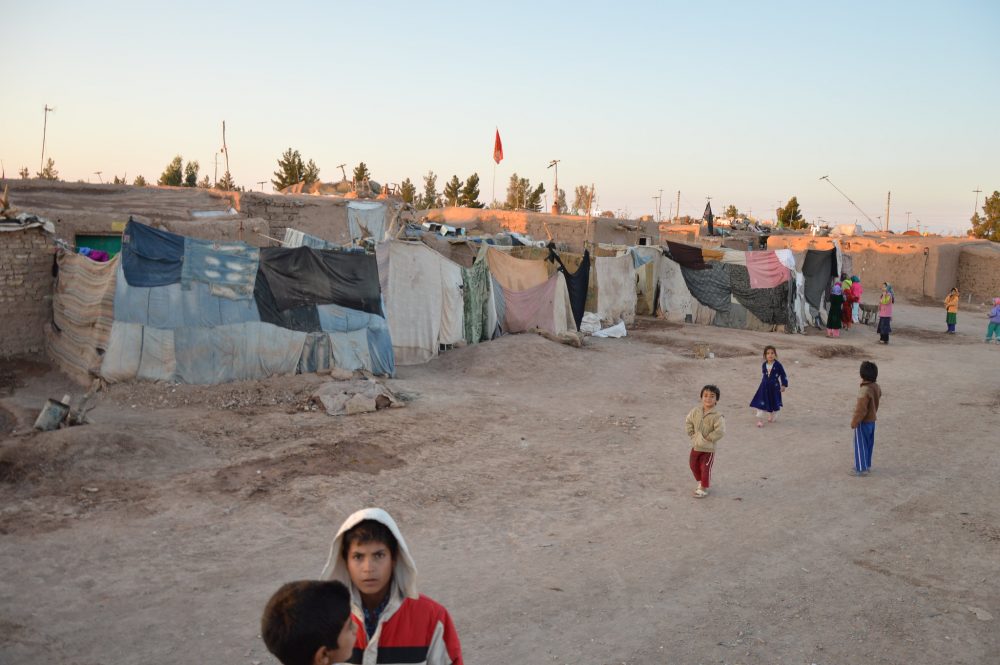
In 2024, more than half of Afghanistan’s population will require humanitarian assistance.
Afghanistan’s complex humanitarian crisis is among the most persistent and severe. Millions of Afghans endure the consequences of four decades of conflict, poverty, repeated disasters and an economic downturn.
Since the Taliban assumed control of the country in August 2021, the political transition, contraction of the economy and reduced levels of donor funding have increased risks and needs at the local level. Girls and women have been particularly impacted with the Taliban’s restrictions hindering their ability to access services and limit their involvement in life outside the home.
The Afghanistan Humanitarian Needs and Response Plan (HNRP) 2024, a document that provides a shared understanding of the crisis and the most important humanitarian needs, incorporated priorities identified by Afghans. Communities highlighted food as a top need, in addition to health care services, education, and water, sanitation and hygiene (WASH). Nearly half of households emphasized the importance of livelihood support.
Afghanistan has high levels of disaster risk due to its geographical location, environmental degradation, climate change and low levels of socioeconomic development. Recurring natural hazards include flooding, earthquakes, snow avalanches, landslides and droughts. In May 2024, the northern and western regions of the country experienced repeated flooding events that led to casualties, significant loss of livelihoods and displacement.







